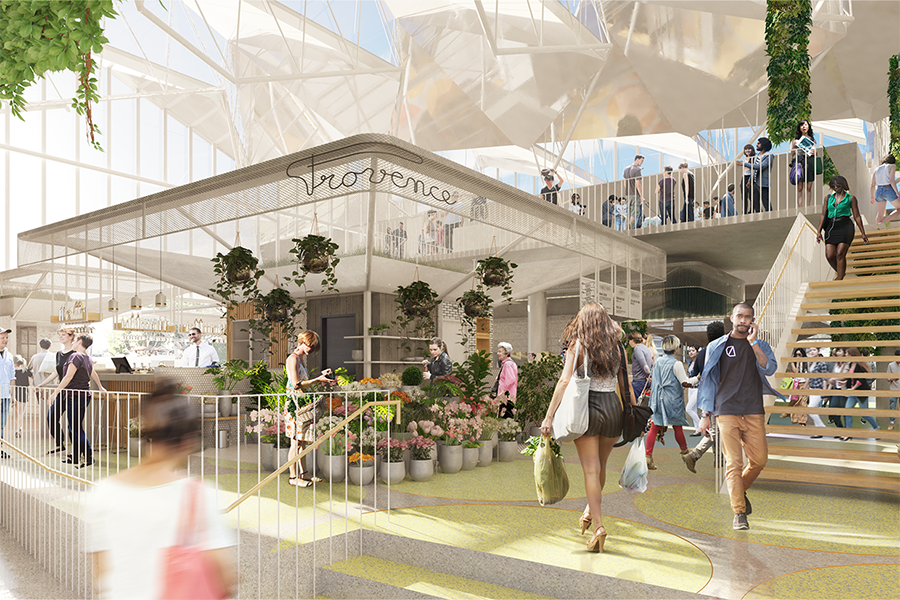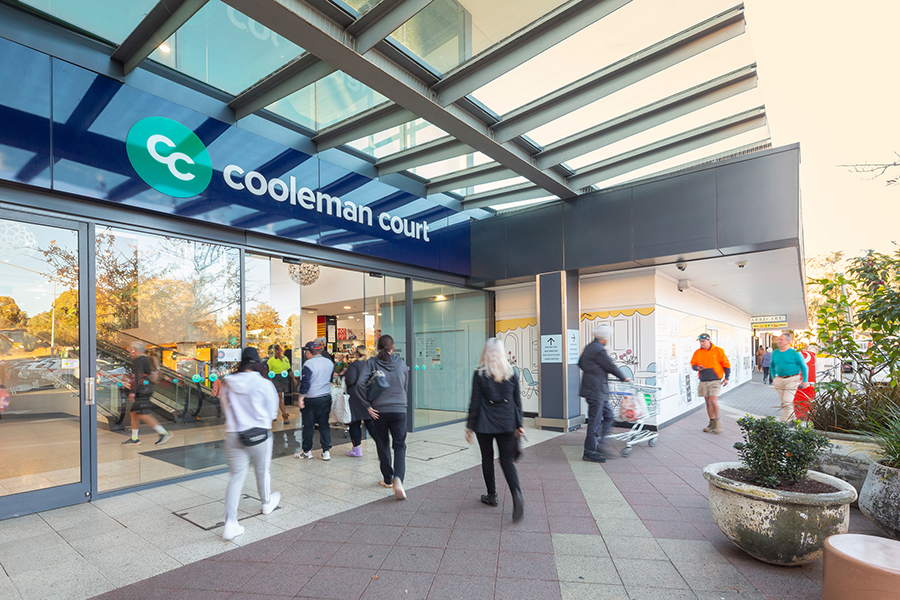James Murray, Principal and co-founder of TANDEM Design Studio has observed the role of micro tenancies in a range of contexts – from his early role in Federation Square, the rise of pop ups in major shopping centres to his practice – working on projects like MONA in Tasmania and a variety of public markets such as Paddy’s in Sydney, Queen Victoria Market and South Melbourne Market. The current situation has James thinking about what inspiration shopping centres might take from markets, while examining the role for micro tenancies within centres in a post COVID-19 world.
Shopping centres have long struggled with achieving a balance between the global and the local. The introduction of micro-tenancies, with a focus on offering business opportunities to local traders, much like in our thriving public markets scene, provides a way to address that imbalance while building community capacity and improving the bottom line. With retail centre income already significantly disrupted by the coronavirus crisis, we currently have a relatively low-risk environment in which to experiment with expanding upon the limited forays retail centres have already taken into this space.
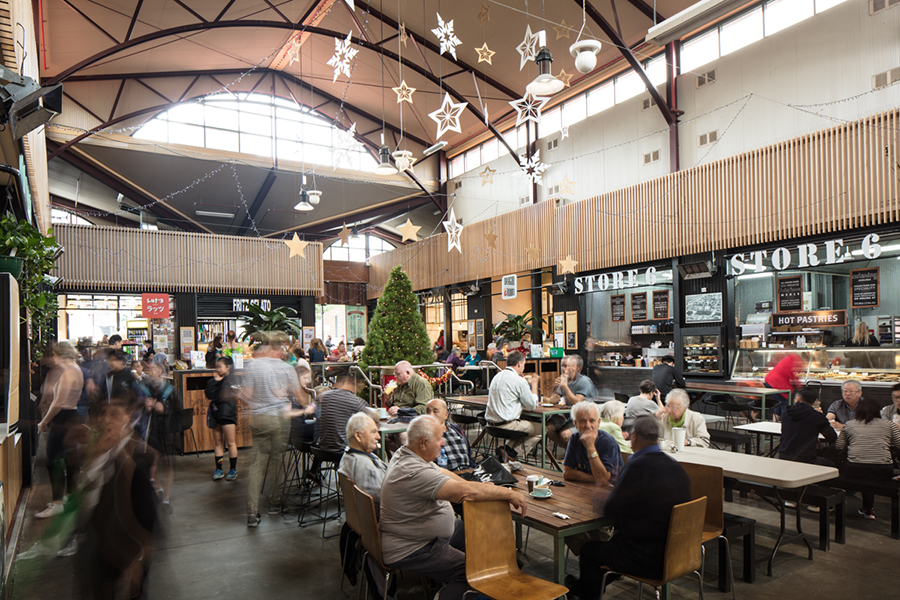
Could shopping centres support local businesses by offering micro tenancies?
Local economies have taken a hit during the coronavirus crisis. Some small businesses have failed. Many individuals have lost their jobs. There will be people looking for a new start.
Markets are excellent business incubators. With very low rents, small retail footprint and limited trading hours, markets provide a low-barrier-to-entry opportunity for small business establishment. In the current climate there may be an opportunity for shopping centres to offer something similar.
If you think that no decent sized business ever grew out of a market stall, think again. Spotlight, Australia’s largest supplier of fabric, craft, party and home interiors products had humble origins. It started out as a family stall in the early 1970s at Melbourne’s Queen Victoria Market. Within a few years they had opened their first shopfront. Today, Spotlight have 135 stores across Australia and South East Asia. American coffee chain and global juggernaut, Starbucks, also grew out of a stall at the Seattle Markets.
There is great potential for shopping centres to seed their own future full-scale tenancies by supporting micro tenancies to grow into full scale tenancies. Business mentoring programs offered as part of corporate social responsibility initiatives could be an extremely meaningful way for shopping centre asset owners to give back to local communities.
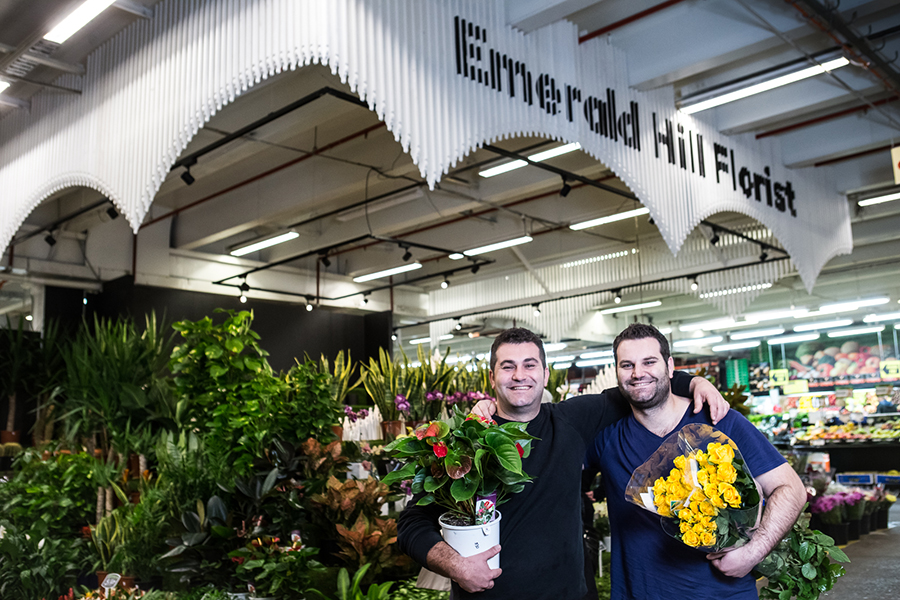
Could micro tenancies contribute to improved shopping centre viability?
Many retail developers have invested heavily by including larger public spaces in new centres. Programming these spaces in ways that provide a return on investment is a continuing challenge. Incorporating a regular mid-week or weekend market that is held in these spaces could provide a predictable ongoing revenue stream. Similarly, vacant tenancies could be combined to accommodate a series of micro tenancies.
While existing tenants may resist this idea, there is a growing body of research that demonstrates markets provide a measurable uptick for nearby retail businesses due to increased footfall and dwell time they attract.
A 2015 study entitled: ‘Markets Matter’, by the The Institute of Place Management at Manchester Metropolitan University found that markets increase footfall by between 15% to 27%, when compared to locations without markets. Their research showed that 55%-71% of market visitors spent money in nearby shops. Benefits might include an opportunity for micro businesses to become suppliers to larger businesses, local cafes or restaurants.
Incorporating micro tenancies into shopping centres doesn’t require a huge capital investment. At TANDEM, we have developed a design for a market stall kit-of-parts that provides visual consistency between market stalls while also allowing for spontaneity. These kits are easily assembled, and equally disassembled and packed away when not in use.
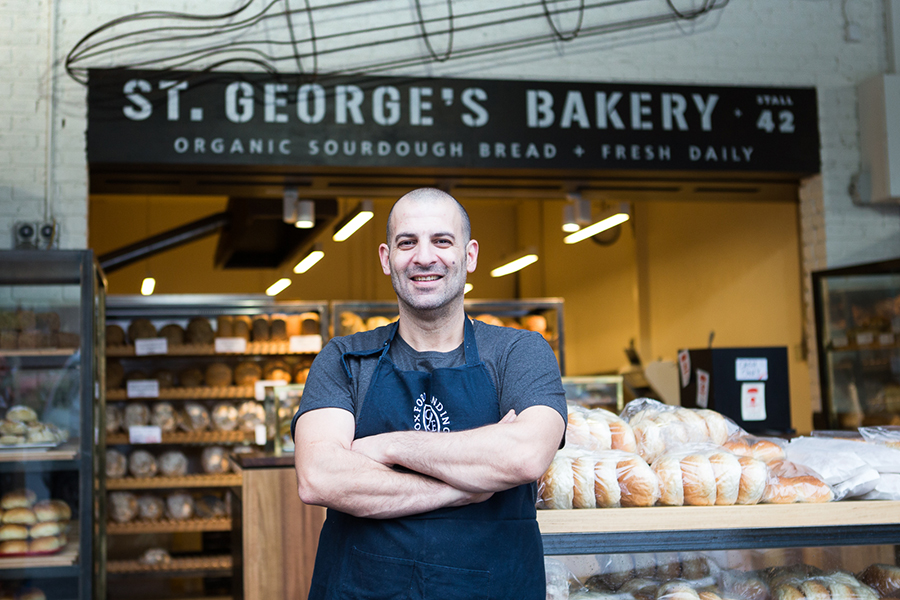
Could micro tenancies bring a sense of community back to shopping centres?
Public markets are much loved for their diversity, colour and spontaneity. There’s no reason why the introduction of micro-tenancies couldn’t lend these characteristics to shopping malls.
The idea has precedent. Melbourne Central and to a smaller extent, Emporium Melbourne, have both experimented with market-stall style pop ups such as ice cream carts and fold out jewellery stands. However, a hyper-local approach to curation of micro tenancies has the potential to bring a deeply authentic element that only comes with seeing people do what they love and doing it really well. Neighbourhood centres may aim to own a particular niche such as ethnic groceries, farm gate produce, art, homewares, clothing or jewellery by local makers or street food – increasing interest and relevance for shopping centre visitors.
In this way micro tenancies have the ability to offset the monotony of the highly curated and ubiquitous high street retailers that tend to dominate shopping centres of all scales. They also provide a greater sense of local community as customers have the opportunity to get to know the business owner.
Leading up to COVID-19, developers of shopping centre assets were striving to return to a time when the retail centre was the heart of the community. Leveraging an expanded approach to micro tenancies has the potential to make shopping centres more relevant to their local communities, to support local businesses, and to contribute to the viability of public space.



